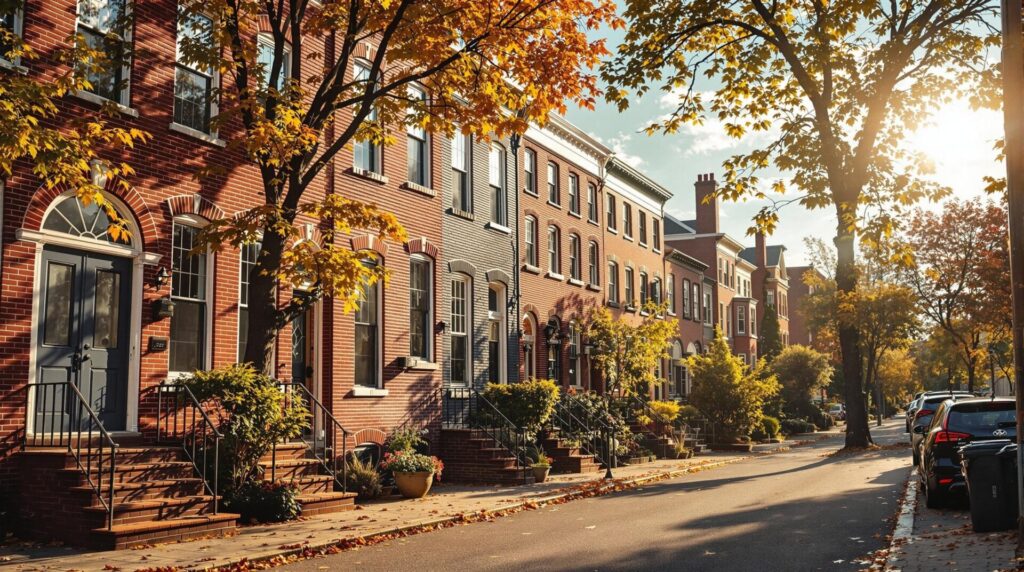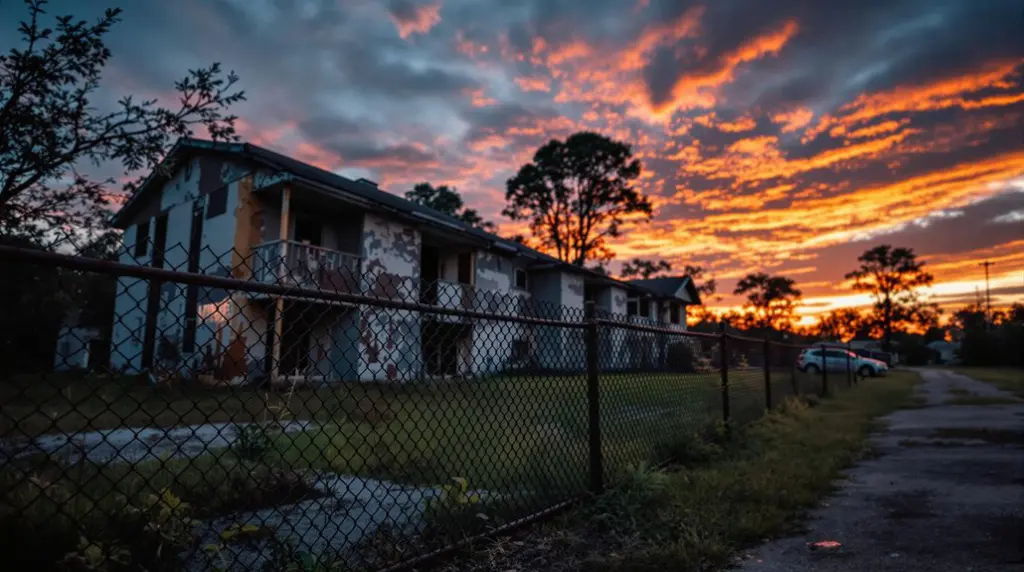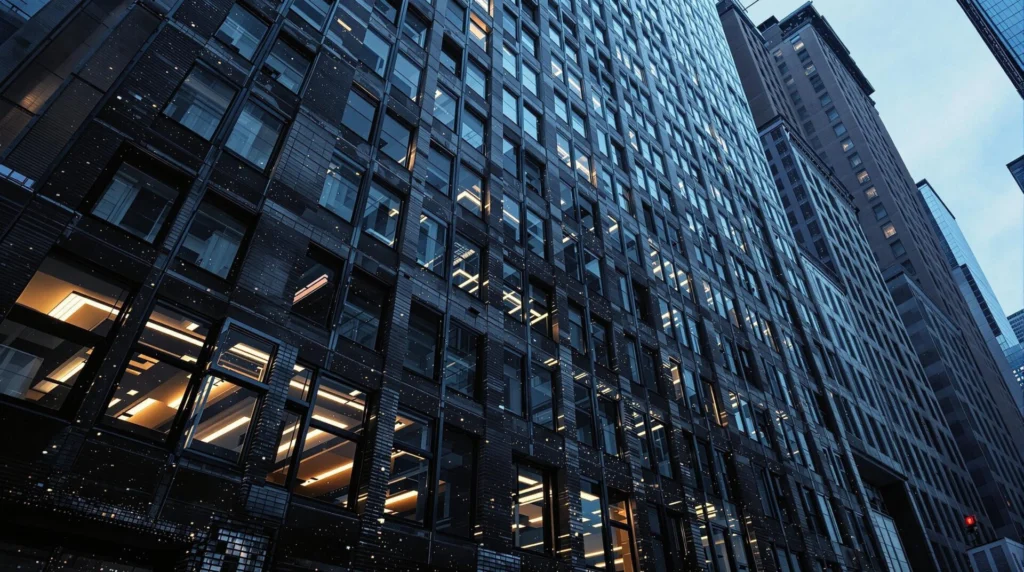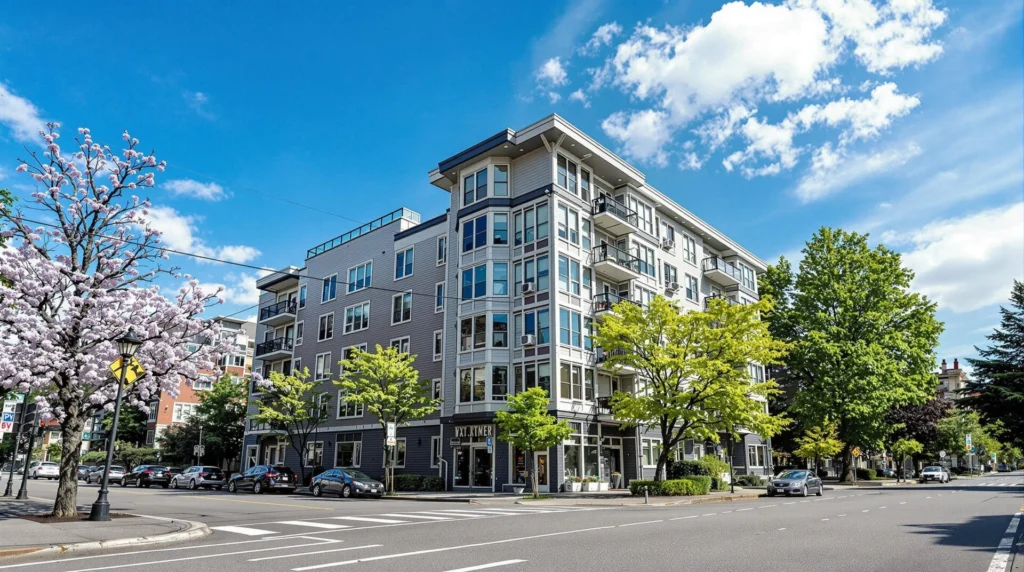Key Takeaways
- Mayor Brandon Scott plans to reduce Baltimore’s highest-in-the-state property tax rate by 2028 to attract investors and new homeowners.
- The initiative includes a $3 billion strategy to restore over 37,500 vacant homes across the city.
- Baltimore is also offering business incentives to draw companies, create jobs, and stimulate neighborhood revitalization.
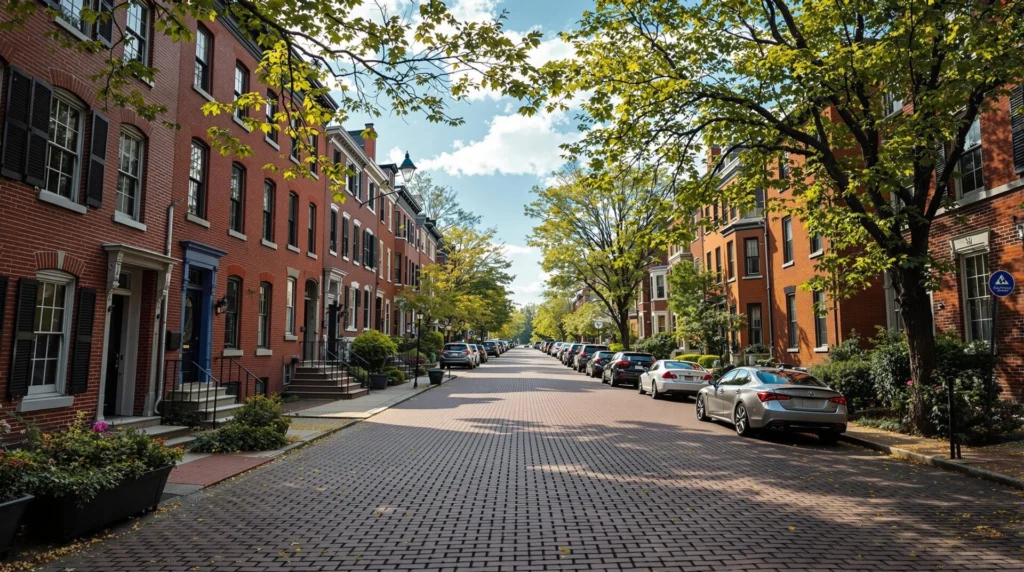
Baltimore, MD – Baltimore’s real estate investors, brace yourselves.
Mayor Brandon Scott has unveiled a sweeping plan to slash property taxes and confront the city’s long-standing housing crisis.
This initiative aims to transform Baltimore’s economic landscape, but will it be enough to reverse decades of decline?
Could this be the turning point for Baltimore’s beleaguered housing market?
Here’s what you need to know:
Property Tax Reduction: A phased plan to lower Baltimore’s property tax rate from $2.25 to under $2 per $100 of assessed value by 2028, aiming to attract homeowners and investors (wypr.org)
Vacant Property Initiative: A $3 billion, 15-year strategy to rehabilitate or repurpose over 37,500 vacant properties, addressing urban blight and stimulating neighborhood revitalization (mayor.baltimorecity.gov)
Business Attraction: Incentives to draw new businesses to Baltimore, fostering economic growth and job creation (bizjournals.com)
A City Haunted by Its Past: Decades of Housing Decline
Baltimore’s housing woes are deeply rooted. Since the 1970s, the city has grappled with a growing inventory of vacant properties, a consequence of industrial decline, population loss, and systemic disinvestment (richmondfed.org)
Efforts like the “Vacants to Value” program, launched in 2010, aimed to rehabilitate abandoned homes but faced challenges, including legal hurdles and limited funding.
Despite demolishing over 2,700 vacant buildings and rehabilitating another 4,200, the number of vacant properties remained stubbornly high (en.wikipedia.org)
The situation worsened in the aftermath of Freddie Gray’s death in 2015, which exposed deep-seated racial and economic disparities.
Neighborhoods like Sandtown-Winchester, Gray’s community, continue to struggle with poverty and underinvestment (apnews.com)
Mayor Scott’s Vision: A New Dawn for Baltimore?
In his recent State of the City address, Mayor Scott outlined a comprehensive plan to rejuvenate Baltimore:
Property Tax Reduction: The city’s property tax rate, currently the highest in Maryland, will be reduced to under $2 by 2028. This move aims to make Baltimore more competitive and appealing to homeowners and investors (wypr.org)
Vacant Property Initiative: The administration plans to rehabilitate or repurpose over 37,500 vacant properties over the next 15 years, transforming them into livable spaces and reducing urban blight (mayor.baltimorecity.gov)
Business Attraction: By offering incentives, the city hopes to attract new businesses, thereby boosting employment opportunities and economic growth (bizjournals.com)
Assessment: A High-Risk, High-Reward Strategy
Mayor Scott’s ambitious plan represents a significant shift in Baltimore’s approach to its housing crisis.
By tackling high property taxes and the pervasive issue of vacant properties, the administration aims to stimulate investment and revitalize neighborhoods.
RELATED CONTENT
However, the success of this strategy hinges on effective implementation and sustained commitment.
The challenges are formidable, and the stakes are high. For real estate investors, Baltimore presents both risks and opportunities.
Those willing to navigate the complexities may find substantial rewards in a city poised for transformation.
Related Content:
- Donald Trump Victory Sparks Massive Optimism and Growing Caution in Real Estate Markets
- Real Estate Markets on High Alert as States Mobilize to Counter Trump Administration Threats
- Shocking Decline of Starter Homes (Increasing Crisis for First-Time Buyers)
- Multifamily Housing Boom! A Heroic Beacon Amid Economic Uncertainty

